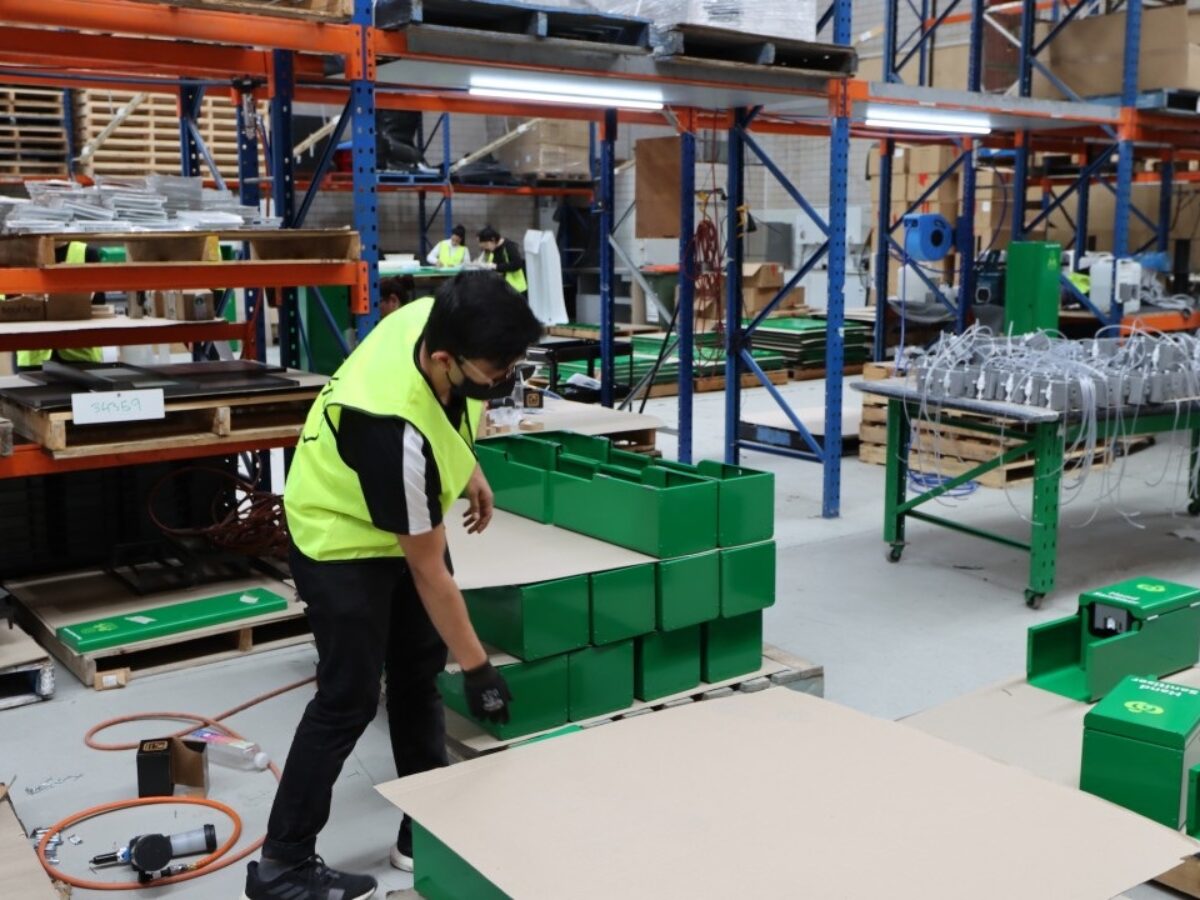Australian manufacturers have always strived to promote the competitive advantages of onshore production, since well before the pandemic entered our lives. The virus’s disruption to our economy and way of life simply emphasised the benefits of local manufacturing to Australian enterprise and the public alike.
“Australian manufacturers have stood tall during the pandemic, helping to keep Australians working and our economy strong during what has undoubtedly been the most challenging period in our recent history.”
– Christian Porter, Minister for Industry, Science and Technology
In 2020 we explored the challenges to global supply chains triggered by the crisis and how this encouraged the Australian governing bodies to re-think the value of offshore manufacturing.
Vulnerabilities in supply lines were exposed with regards to a heavy reliance on manufactured goods from overseas, notably Asia. Whilst high domestic labour and energy costs had been pushing production offshore for many years, Australian companies were suddenly introduced to the shortcomings of sending manufacturing operations to low-cost locations. Lead times became dragged-out and unreliable and many factories simply ceased operations, effectively eliminating the advantages of offshoring. Hence, 2020 highlighted Australia’s need for a strong domestic manufacturing base where we leverage our technological strengths to erode the advantage once held by low-cost mass manufacturing operations in Asia.
A year on from our first article regarding onshoring Australian manufacturing, and the anecdotal evidence suggests it’s occurring, but to what extent?
A Shift in Attitudes and Public Perception
– Rob Stummer, Asia Pacific CEO at SYSPRO
A separate study conducted as an industry survey of senior manufacturing executives found that 55% of the 500 executives surveyed expect to bring manufacturing operations back to Australia by 2023, and 22% have already done so. Whilst the outlook looks positive for re-establishing Australia as a global manufacturing power, the focus now must be on developing our local capabilities – the emotional appeal of Australian made products is not enough to drive the change.
The Advanced Manufacturing Growth Centre published their ‘Perceptions of Australian Manufacturing‘ report this month. The findings showed an improvement in public understanding of the importance of Australian manufacturing to our economy.
Investment in new technologies will continue to be the priority of onshore manufacturers, and the government has shown a willingness to accommodate this of late with the announcement of the $1.3b Modern Manufacturing Initiative, $107.2m Supply Chain Resilience Initiative, and $52.8m Manufacturing Modernisation Fund.
Grants, initiatives and funds can only go so far, it falls on the shoulders of individual firms to manage their own supply chain risks and adequately direct investment into the technologies that will drive the trend towards onshoring Australian manufacturing in a post-pandemic world.
– Paul Brennan, CEO of PolyNovo.












